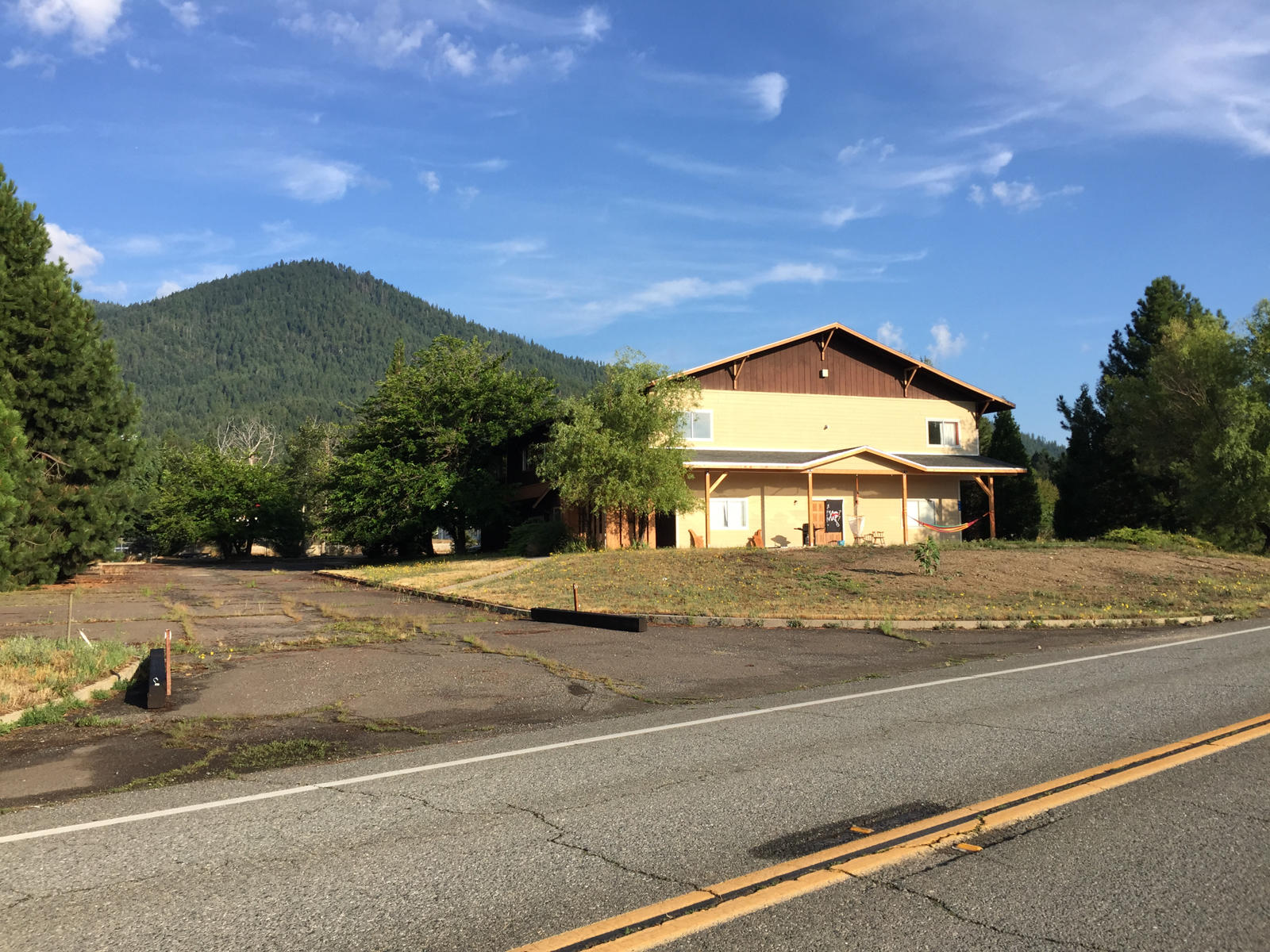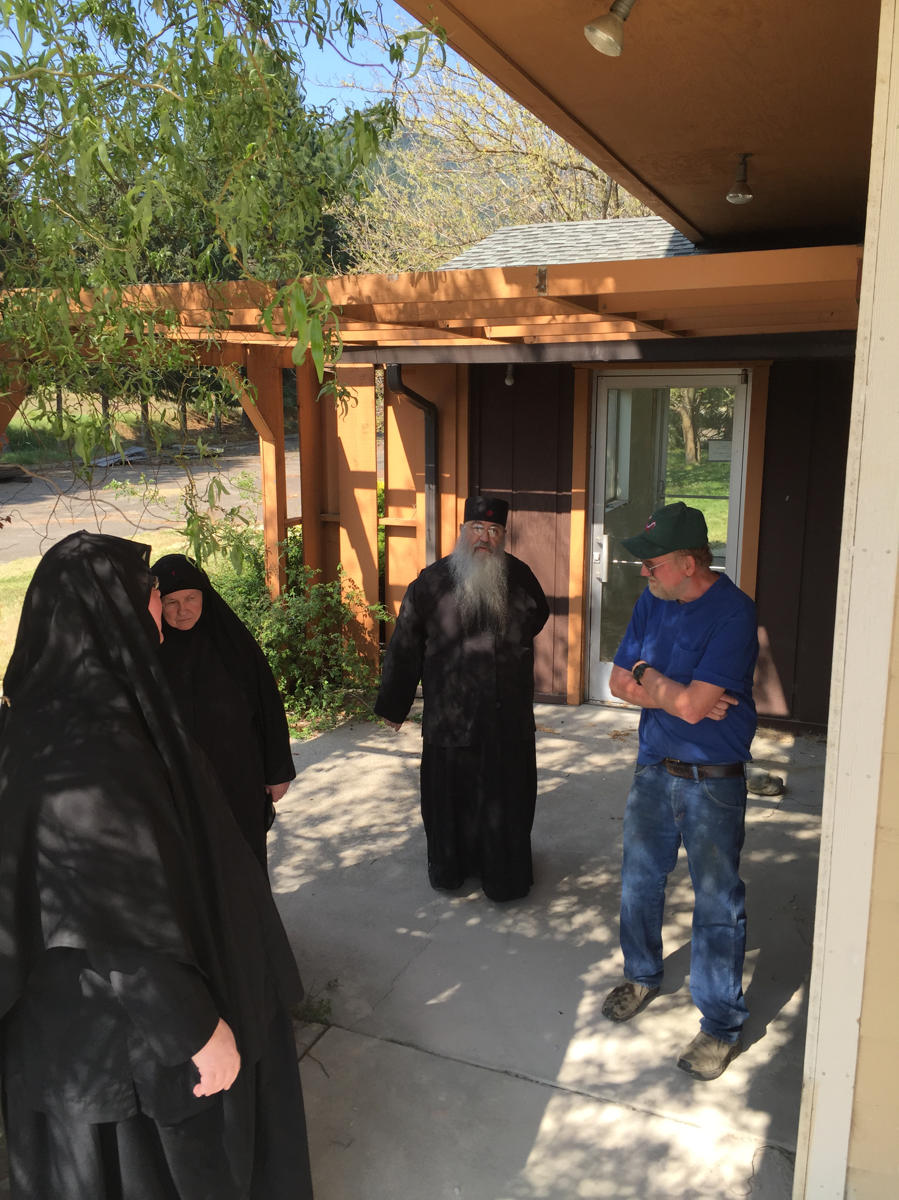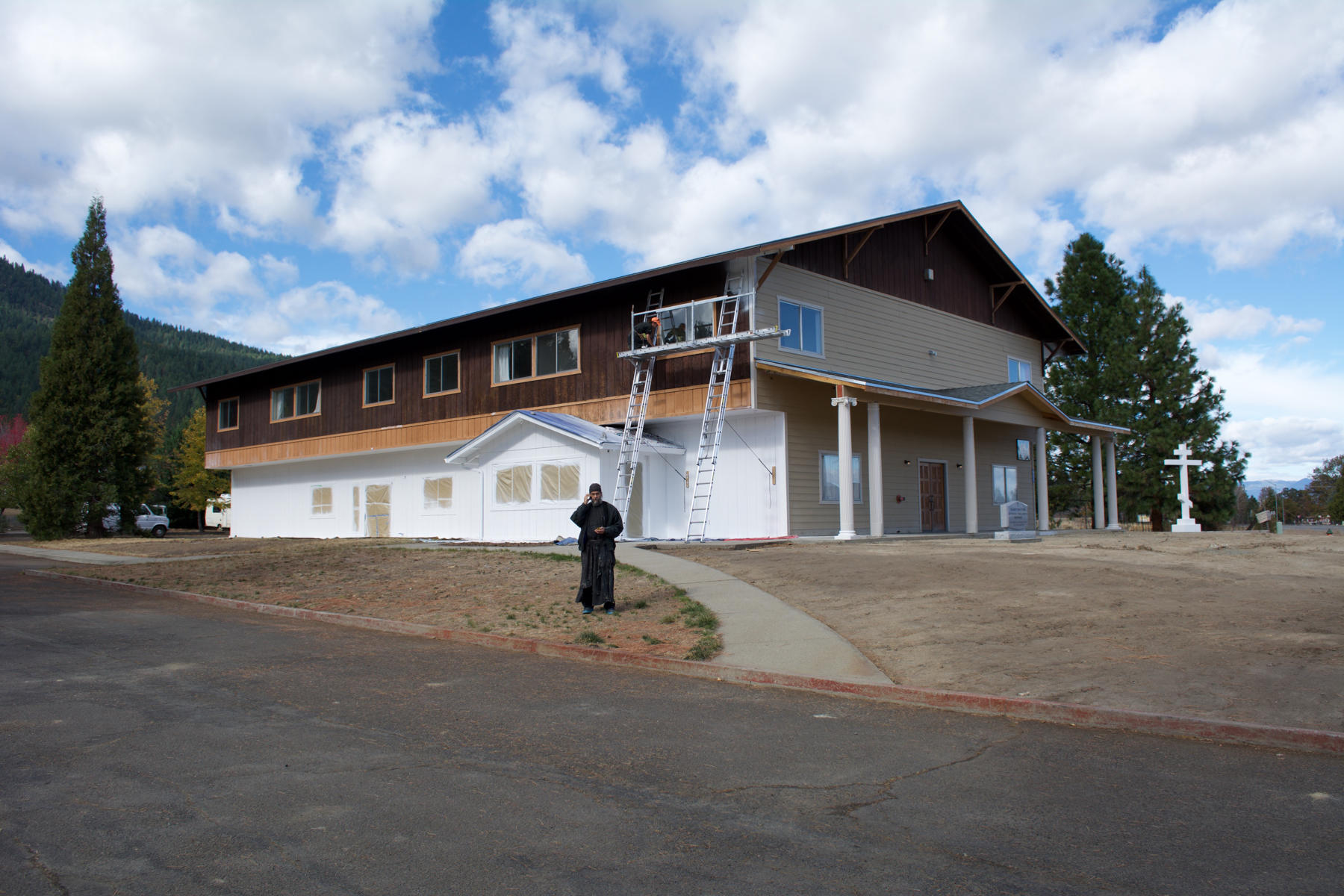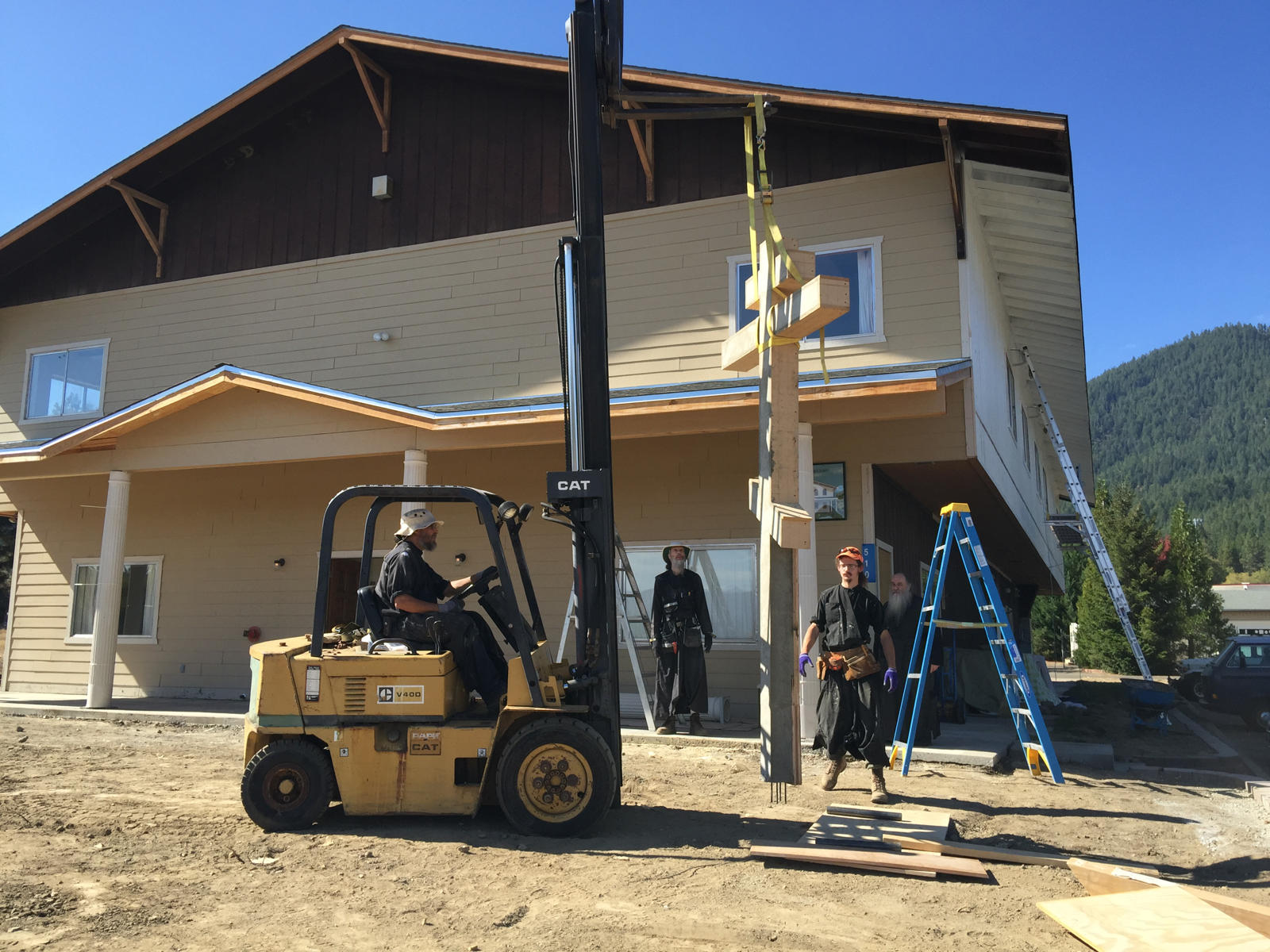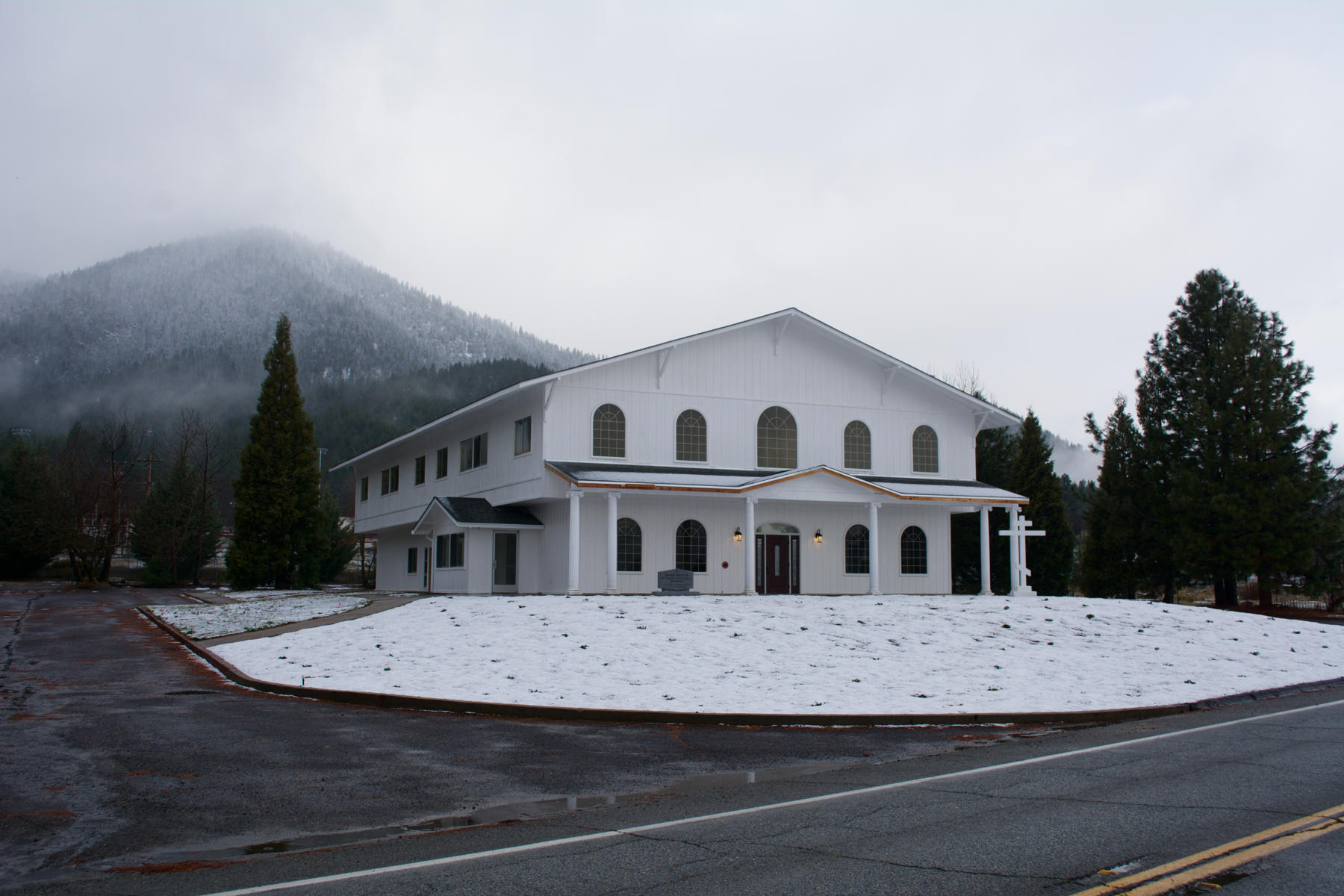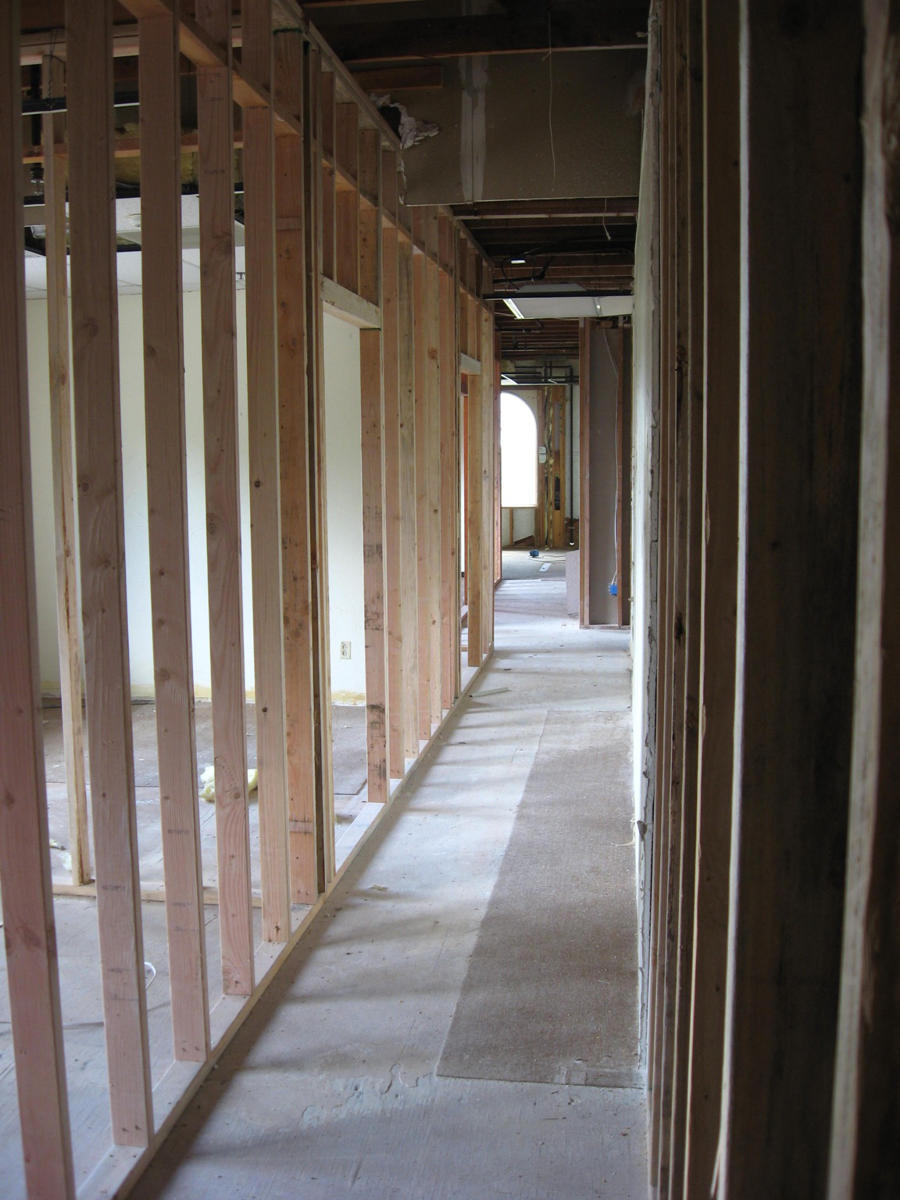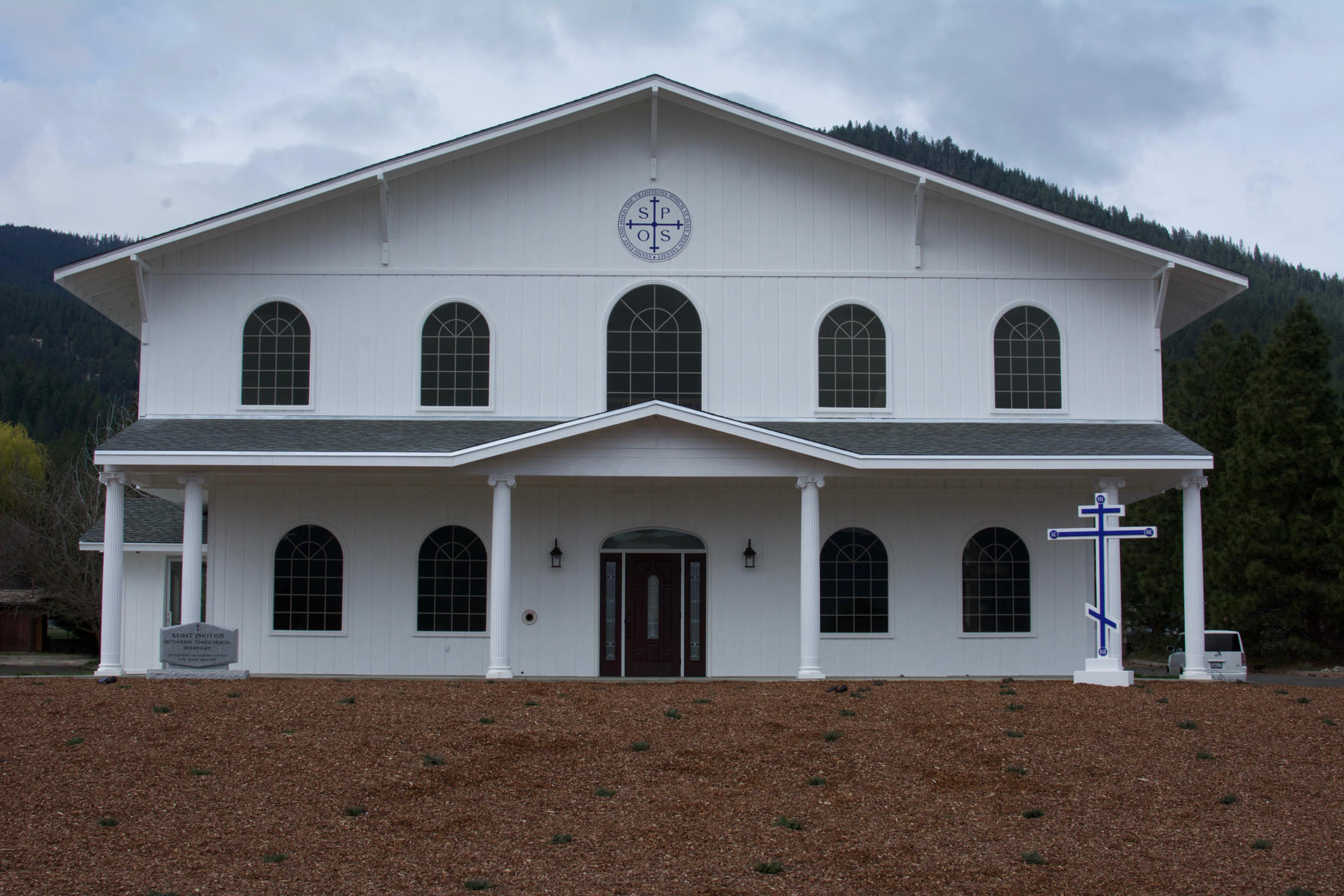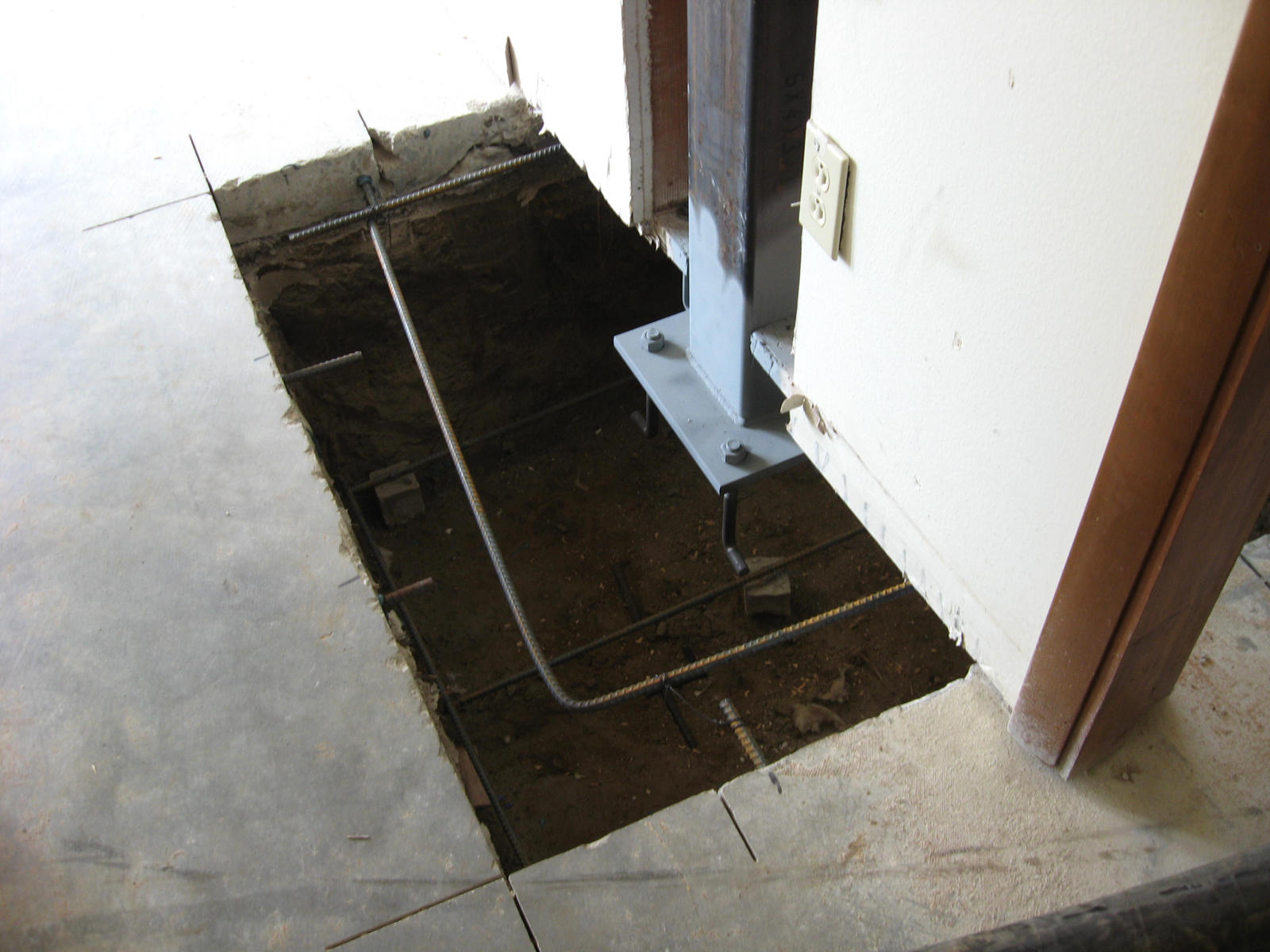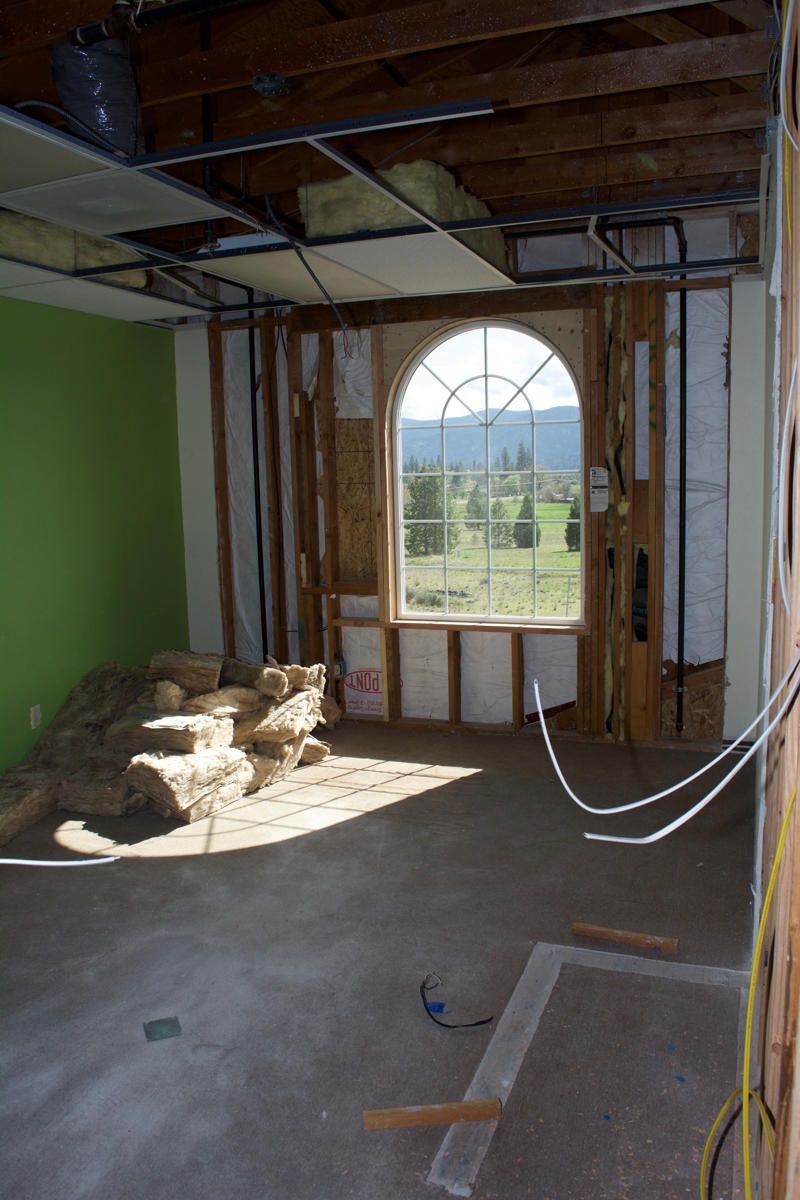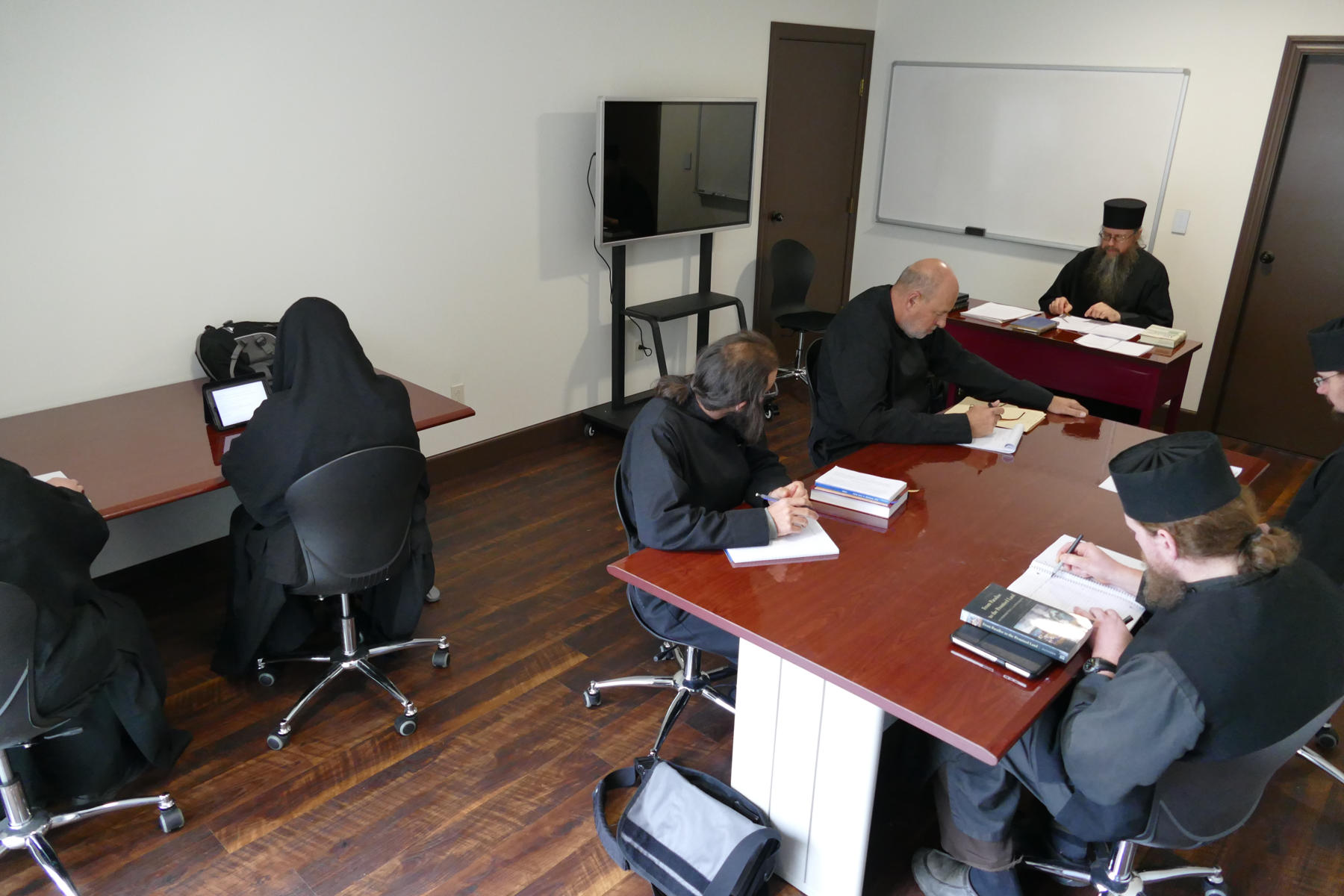History
The Saint Photios Orthodox Theological Seminary is in certain ways a pioneering endeavor, since the primary constituency that it serves, the Church of the Genuine Orthodox Christians of Greece, was not, prior to the foundation of the Seminary, able to enjoy as fully as would be desirable the benefits of being shepherded by clergy formally educated in theology.
The principal issue at stake was the renovation, in the early 1920s, of the age-old Festal Calendar of the Orthodox Church, one of the eventual consequences of which was the exclusion, at the insistence of the official State Church of Greece, of potential Ordinands for parishes and communities belonging to the Old Calendar Church from the theological schools at the universities in Athens and Thessalonike. In an effort to remedy this deficiency, in 1981 Archimandrite Chrysostomos (the future Metropolitan Chrysostomos of Etna) established the Center for Traditionalist Orthodox Studies, under the auspices of the Saint Gregory Palamas Monastery (located at that time in Hayesville, Ohio, but from 1983 onward in Etna, California), and subsequently, in 1986, after his Consecration to the Episcopacy, inaugurated a study program to educate clergy for the Church in North America, conducted almost entirely through correspondence and featuring a Diploma in Orthodox Theological Studies (Dip. Theol.) and a Licentiate in Orthodox Theological Studies (Lic. Theol.). This study program, which continued until 2016, graduated altogether forty-four students, sixteen in the Diploma in Orthodox Theological Studies program and twenty-eight in the Licentiate in Orthodox Theological Studies program. Five of the graduates from the Licentiate program went on to complete accredited doctoral degrees at nationally renowned theological schools.
The overall success of the programs of the Center for Traditionalist Orthodox Studies notwithstanding, it became very clear as the years went by that correspondence courses were seriously inadequate as a means of training future clergy. While the program generally served its purpose, the limited interaction with students, which in practice consisted of an oral examination at or near the end of each program of studies, meant that only the most highly disciplined and self-motivated students flourished. Even in its best moments those involved in the program knew that they could never aspire to the highest forms of pedagogy, accomplished only through personal interactions in an enthusiastic classroom setting. It was, moreover, always the dream of Metropolitan Chrysostomos of Etna to found a regular in-residence seminary for this very important purpose. Events in the wider Church scene greatly facilitated the realization of what had, for so many years, remained only a vision. A significant convergence and rapprochement of two discordant factions in the Old Calendar movement in the early years of the previous decade not only brought together these factions but also accentuated the need for clergy with academic formation and credentials to serve in a now considerably expanded ecclesiastical structure, in which there were not a few parishes and missions without clergy and thus without a regular liturgical life for much of the year.
As though in response to this pressing need, in the beginning of 2015 two families, that of Mr. Alexis V. Lukianov and that of Mr. Michael N. Gombos, Sr., independently approached the Saint Gregory Palamas Monastery with the request that it initiate a theological seminary, as a revision and enhancement of the former degree programs of the Center for Traditionalist Orthodox Studies, under the direction of the Saint Gregory Palamas Monastery, in Etna, California. After a prolonged in-house discussion among the monastics who would ultimately be shouldering the faculty and administrative duties of the proposed seminary, the proposal was accepted. This was in May of 2015. Within two months, the Saint Photios Orthodox Theological Seminary was incorporated as a legal entity, a ten-thousand- square-foot building was purchased, and an engineering firm began work on plans for a serious makeover of the existing facility. As work began on the building and grounds, new fronts were engaged: a set of bylaws was drafted, a Board of Directors was appointed, an application for nonprofit status was filed with and granted by the Internal Revenue Service, an application for licensure for degree programs was filed with the Bureau for Private Postsecondary Education, and an application for accreditation was filed with the Association for Biblical Higher Education.
